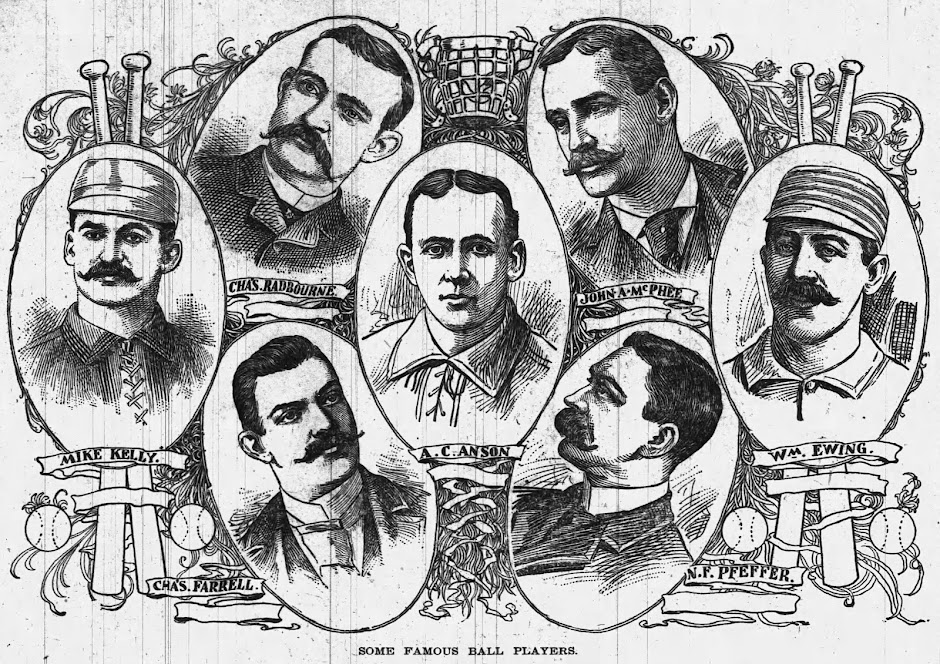Since the third scene of Act 1 is somewhat longer I am going to divide it up among three posts. That will also allow me to try to think about each part in a little more detail. The scene begins with some petitioners on stage who are hoping to present their requests to the Humphrey Duke of Gloucester, the Lord Protector. Unfortunately for them, they instead encounter the new queen Margaret of Anjou and her escort from the France, the newly dubbed Duke of Suffolk (above left)
While it is not clear how many petitioners there were in total, three end up being read outloud. The choice of three petitions is interesting, although I am not interested in numerology, I have been conscious of the benefits of using three items in both writing and speaking ever since I read Gary Wills book, Lincoln at Gettysburg. Wills makes the point that phrasing like "of the people, by the people and for the people" is an effective way of writing or speaking. I have tried it in my own efforts especially in speaking and find it to be effective as I think it is in this instance.
Furthermore I think it can be argued that Shakespeare uses the three petitions to introduce three forms of evil that threaten the kingdom. The first appears to be more of a personal matter, a man who says that he is being denied his home and property as well as his wife, but he also notes that this is being done by the "Lord Cardinal's man." This could be further evidence of the Cardinal's "insolence" that was mentioned in scene 1 - the evil of the abuse of power. Suffolk jokes about this first petition, but finds the second far less humorous because it is directed against his enclosure of common land. Enclosure, as I understand it, was a practice where the upper class denying the common people access to what had been land available to all so that they could use it for their own purposes. Since common people frequently lived on the edge of poverty and even starvation such action could have a devastating impact - the evil of greed leading to cruelty to the less fortunate.
Neither of these first two petitions are of any interest to Margaret and Suffolk, but that changes when the third petitioner (Peter - the only one with a name) alledges that this master, one Thomas Horner, claimed that Richard, Duke of York was the real king and Henry VI was a usurper. Probably for comic relief, Peter first says that Horner called Henry a usurer, but he is corrected by the queen who shows a remarkable grasp of English. This claim should be important in its own rite - Peter is effectively accusing his master of treason. However its interest to Suffolk and Margaret is that it could be a weapon for them to use against York in the struggle for power. Given York's attitude at the end of scene 1, it is not impossible that York's feelings are well known in his household so that the petition further introduces the evil of trying to over throw the government, that is, treason.
Important as this may be what is perhaps even more significant about the scene is that it is the first time in the play (and in the history plays if this was the first one to be written) that we see the nobility (the leaders) intereacting with the people (the followers). Clearly Margaret and Suffolk have little interest in the concerns of the people. After dismissing all, but the petition that could help them, Margaret dismisses the commoners with language which shows that she is also gaining a working knowledge of the underside of the English language.
I think this relationship between the leaders and the led is an important one to watch throughout these plays. It has implications for what happens towards the end of this play, but I think has even larger implications for the whole cycle of plays in terms of Shakespeare's feelings about national leadership. In his last history play (Henry V), Shakespeare effectively wrote the nobility out of the play and used the resulting space for interaction between the king and the people. How he used that space has, I think, a lot to say about Shakespeare's message regarding national leadership. One way to follow that is to keep looking at how the interaction between the leaders and the led develops over the course of all eight plays.


No comments:
Post a Comment